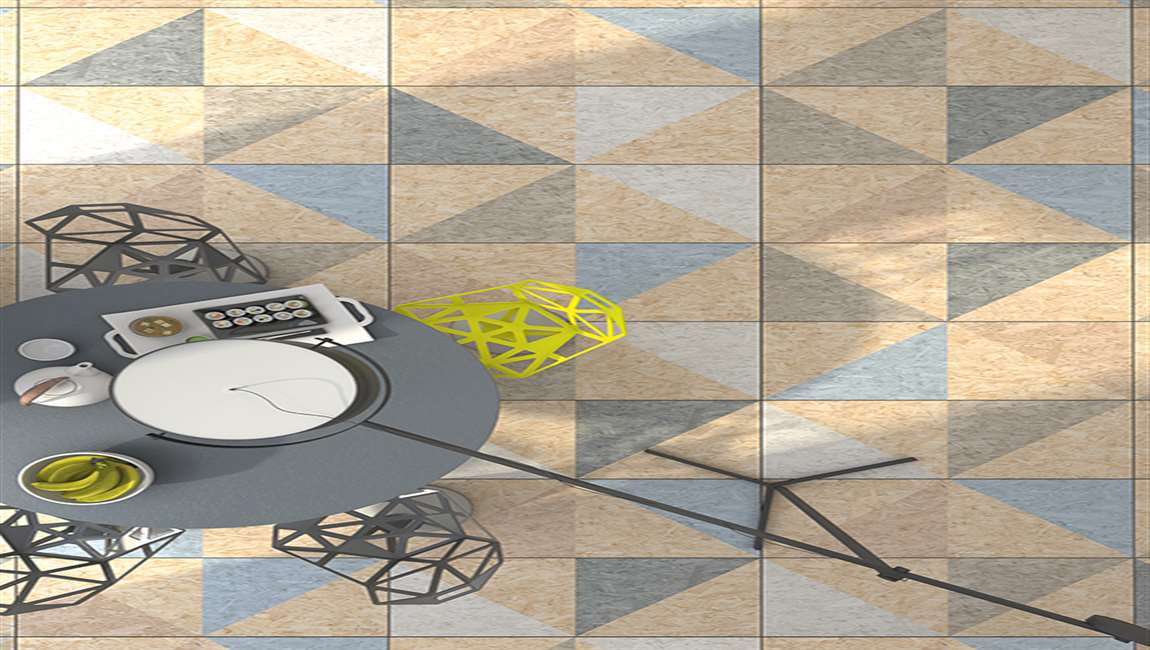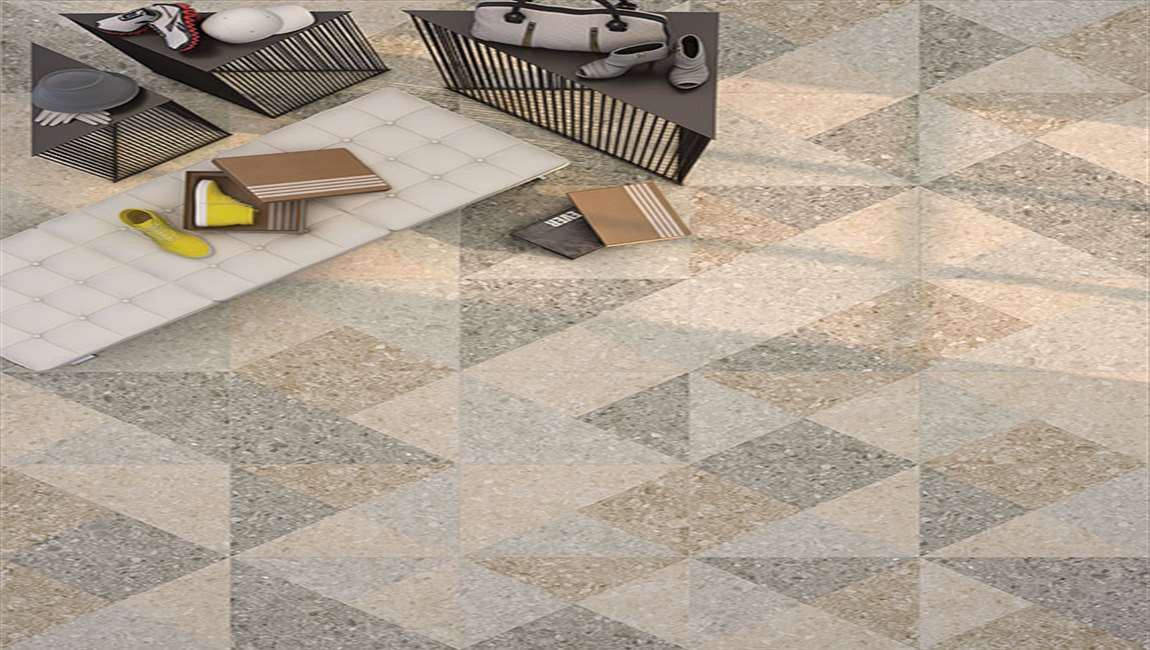How Using Concrete?
Clean debris off the wall with water and a sprayer. Remove as much debris as possible from the wall so the concrete bonds cleanly to it. Spray away most debris with water from a garden hose. Also, try mixing 1 cup (240 mL) of a mild dish soap into about 5 US gal (19,000 mL) of hot water to scrub off tough stains with a concrete brush.
Use a power washer for extra cleaning power. If you don’t own one, see if your local hardware store has one to rent. For tough stains you can’t quite remove by hand, mix 1 cup (240 mL) of trisodium phosphate in about 1 US gal (3,800 mL) of water. Scrub it into the stains with a brush before rinsing it off with clean water.
The chemical is strong, so cover up with long-sleeved clothing, gloves, goggles, and a respirator mask. Mix surface bonding cement with water to a pasty consistency. The easiest product to use on a cinder block wall is surface bonding cement. All you have to do is pour the cement into a container such as a wheelbarrow, then stir in the water with a shovel.
You need approximately 4 cups (950 mL) of water for an 80 lb (36 kg) bag of cement mix. Shop online or visit your nearest home improvement store for cement and all the tools you need to apply it. With surface bonding cement, you don’t need to apply a concrete bonding adhesive.
If you wish to use another type of cement or concrete, also get a bag of adhesive. Mix it with water and spread it on the wall first. Wet a section of the wall again to prepare it to bond with the cement. Spray the entire wall thoroughly with water from a garden hose. Then, go back to a section of the wall to work on first. Spray it once again with water.











